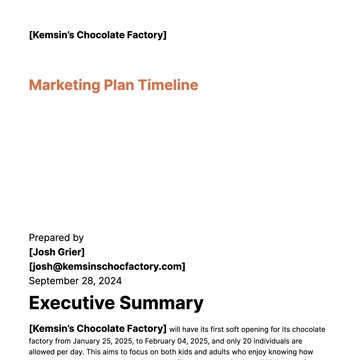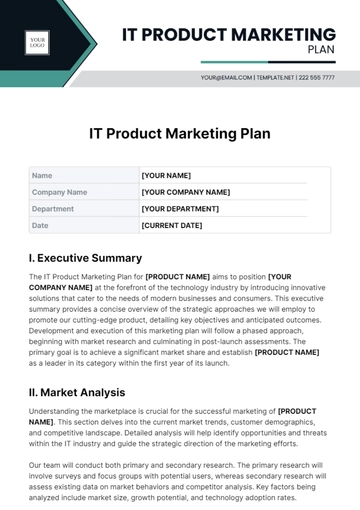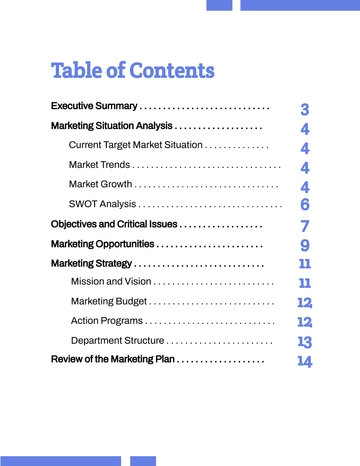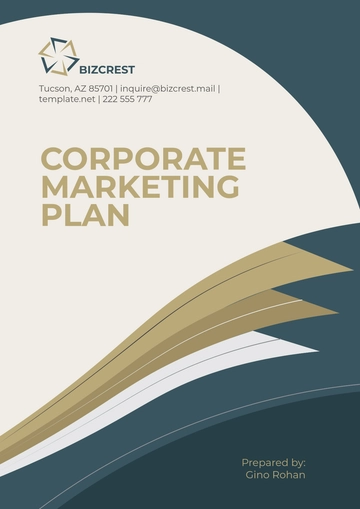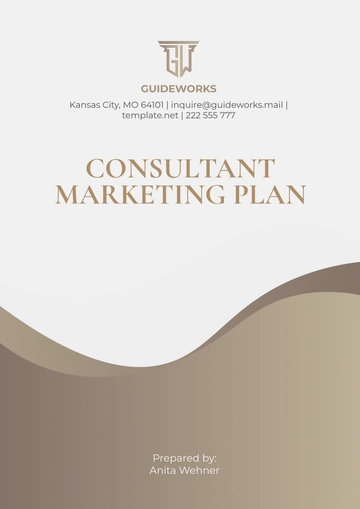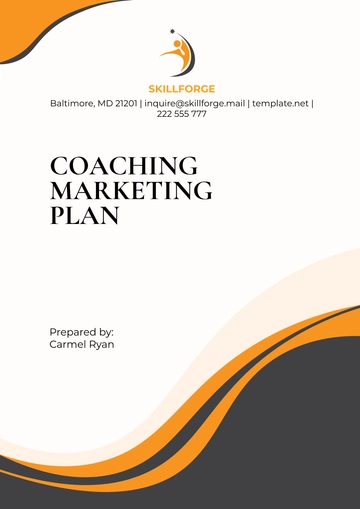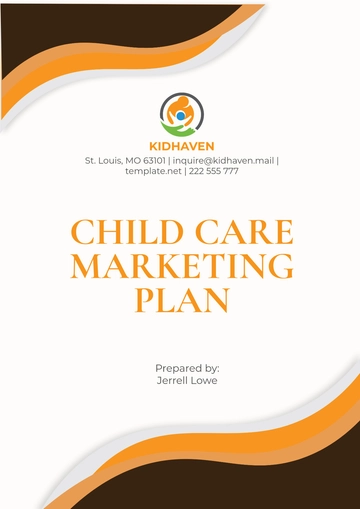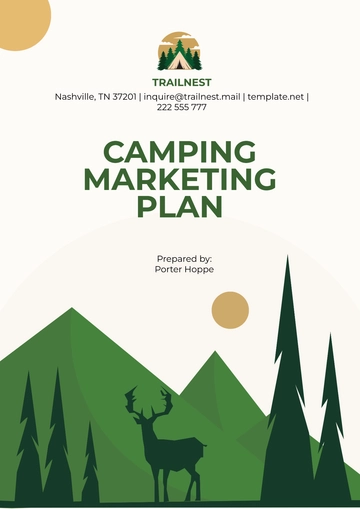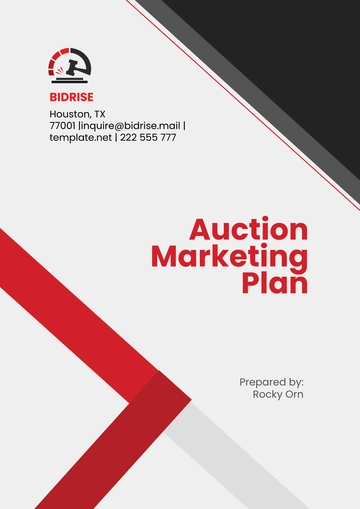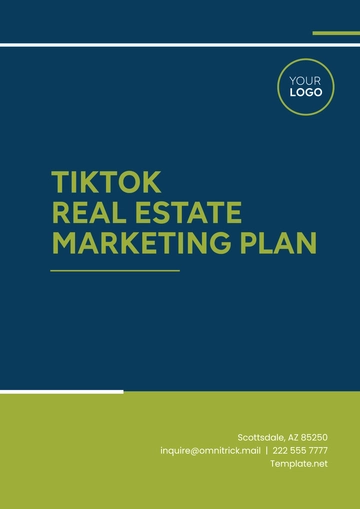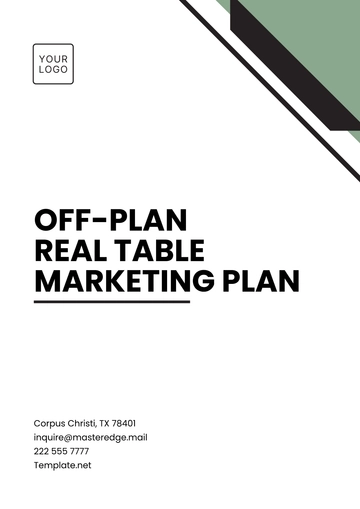Free Email Marketing Plan for Reactivation Campaigns
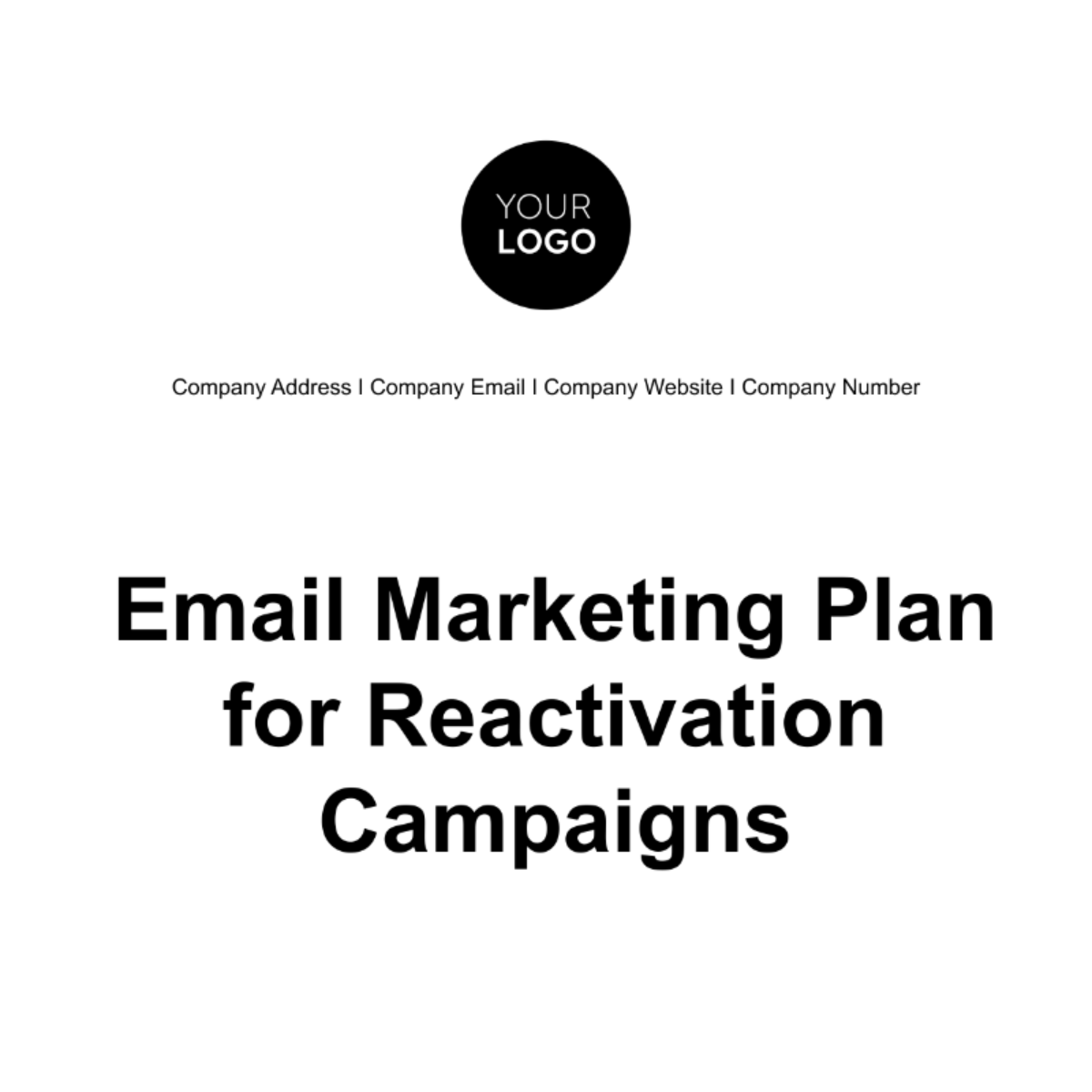
1. Introduction
Welcome to the Email Marketing Plan for Reactivation Campaigns. This document is a comprehensive guide to assist marketing professionals at [Your Company Name], including [Your Name], in developing and executing highly effective reactivation campaigns. Reactivation campaigns play a pivotal role in re-engaging dormant subscribers and substantially improving email engagement rates.
Contact Information:
Company Name: [Your Company Name]
Email: [Your Email]
2. Campaign Goals
In this section, we will clearly outline the specific objectives and key performance indicators (KPIs) for our reactivation campaign. Our primary goals for this campaign are:
Campaign Objectives:
1. Increase open rates to revive interest among dormant subscribers.
We aim to re-engage subscribers who have not opened our emails in the last 90 days by crafting compelling content and subject lines.
2. Boost click-through rates to encourage active engagement.
We will provide enticing content and personalized recommendations to encourage subscribers to click on our emails and explore our offerings.
3. Reduce unsubscribe rates by delivering compelling content.
By offering valuable and relevant content, we intend to minimize unsubscribe rates and retain subscribers in our email list.
KPIs:
1. Open Rate Target: [00]%
We aim to achieve an open rate of [00]% or higher to measure the success of our reactivation efforts.
2. Click-Through Rate Target: [00]%
Our target click-through rate is 10% or higher to ensure active engagement.
3. Unsubscribe Rate Target: [0]%
We aim to maintain an unsubscribe rate below [0]% to retain our subscriber base.
3. Audience Segmentation
To effectively target inactive subscribers, we will segment our email list based on their behavior and engagement levels. Each segment will have specific criteria for inclusion:
Segments:
1. Segment 1: Dormant Subscribers
a. Criteria: Subscribers who haven't opened emails in the last 90 days.
b. This segment includes subscribers who have shown low engagement by not opening our emails for the past 90 days.
2. Segment 2: Inactive Clickers
a. Criteria: Subscribers who haven't clicked on links in recent emails.
b. This segment consists of subscribers who open our emails but do not click on the links, indicating a need for re-engagement strategies.
3. Segment 3: Past Customers
a. Criteria: Subscribers who made a purchase more than six months ago.
b. Subscribers in this segment have made a purchase in the past but have not engaged with our emails for an extended period.
4. Data Analysis
In this section, we delve into the analysis of historical data to gain a deeper understanding of the characteristics and behavior of inactive subscribers. These insights will be invaluable in shaping our reactivation campaign strategy.
Key Findings:
Common characteristics of inactive subscribers:
Many inactive subscribers belong to the 25-35 age group.
Inactive subscribers tend to reside in specific geographic regions.
A significant portion of inactive subscribers joined our list through a specific marketing campaign.
Past email performance insights:
Subject lines with emojis consistently had higher open rates.
Subscribers from Segment 2 (Inactive Clickers) responded positively to emails with personalized recommendations.
Sending emails on Tuesdays and Thursdays resulted in higher click-through rates.
5. Content Strategy
Our content strategy plays a pivotal role in re-engaging subscribers. We need to provide compelling content that captures their attention and encourages them to re-engage with our brand.
Personalization:
1. Use the subscriber's name: Yes
Personalizing emails with the subscriber's name has proven to increase open rates and engagement.
2. Reference past interactions: Yes
Acknowledging and referencing a subscriber's previous interactions with our brand can create a sense of familiarity and encourage re-engagement.
Content Types:
Our content will be varied and tailored to the interests of our different audience segments. We will focus on the following content types:
Special Offers: Exclusive discounts and promotions for returning customers.
Exclusive Discounts: Limited-time offers and deals for loyal subscribers.
Relevant Information: Industry updates, tips, and insights tailored to subscriber interests.
6. Email Sequence
The email sequence in our reactivation campaign is carefully designed to guide subscribers back into active engagement with our brand. Each email serves a specific purpose and delivers tailored content.
Email Sequence:
Reintroduction Email: |
|
Value Proposition Email: |
|
Engagement Email: |
|
Last Chance Email: |
|
Goodbye Email: |
|
Each email is strategically crafted to guide subscribers through a journey that encourages re-engagement, ultimately reactivating dormant subscribers and strengthening our email marketing efforts.
7. A/B Testing
To enhance the effectiveness of our reactivation campaign, we will conduct A/B testing to optimize various elements of our emails. A/B testing allows us to identify which variations resonate best with our audience, leading to improved engagement.
A/B Tests:
Subject Lines:
A/B testing subject lines helps us determine which types of subject lines lead to higher open rates. For example, we can test subject lines with and without emojis to see which performs better.
Email Content:
We will experiment with different content formats, such as short and long email content, to understand what our subscribers respond to best.
Call-to-Action (CTA):
Testing different CTAs, such as "Shop Now" and "Learn More," will provide insights into which call-to-action phrases encourage more clicks and engagement.
8. Compliance and Opt-Out
Ensuring compliance with email marketing regulations is crucial to maintaining our subscribers' trust. We will also make it easy for subscribers to opt out if they wish to discontinue receiving emails.
Compliance:
Comply with CAN-SPAM Act.
We will strictly adhere to the regulations outlined in the CAN-SPAM Act to ensure that our emails are compliant with anti-spam laws.
Comply with GDPR (if applicable).
If our subscriber base includes individuals from the European Union, we will also adhere to GDPR regulations regarding data protection and consent.
Opt-Out Process:
Easy opt-out mechanism.
We will implement a straightforward opt-out process, allowing subscribers to easily unsubscribe from our emails if they choose to do so.
Unsubscribe link in every email.
Every email we send will include a visible and accessible unsubscribe link, making it convenient for subscribers to opt out at any time.
9. Monitoring and Analytics
Monitoring the performance of our reactivation campaign is essential for assessing its effectiveness and making informed adjustments. We will utilize analytics tools to track key metrics.
Metrics to Monitor:
Open Rates
Tracking open rates will help us gauge how many subscribers are re-engaging with our emails.
Click-Through Rates
Monitoring click-through rates will indicate the level of subscriber engagement with our content.
Conversion Rates
We will measure conversion rates to understand how many subscribers take desired actions after re-engaging.
Unsubscribe Rates
Tracking unsubscribe rates is crucial for identifying any issues with our reactivation strategy.
By regularly monitoring these metrics, we can assess the success of our reactivation campaign and make data-driven adjustments to improve its performance.
10. Adjustment and Iteration
Based on campaign performance, it's crucial to outline how we will adjust and refine our strategy for future reactivation campaigns. Flexibility and adaptability are key to continually improving our approach.
Adjustment Plan:
1. Modify content based on A/B test results:
We will carefully analyze the results of our A/B tests on subject lines, email content, and CTAs. Based on these findings, we will make necessary content adjustments to optimize engagement.
2. Adjust email frequency:
We will assess subscriber responsiveness and adjust the frequency of emails accordingly. Subscribers who re-engage may receive more personalized and frequent content, while we may reduce the frequency for those who remain inactive.
By continuously evaluating campaign performance and making data-driven adjustments, we ensure that our reactivation campaigns remain effective and relevant.
11. Follow-Up Strategy
For subscribers who re-engage with our brand, it's essential to detail our strategy for nurturing their continued engagement and keeping them active in the long term.
Follow-Up Plan:
1. Send regular newsletters:
We will keep re-engaged subscribers informed and engaged by sending them regular newsletters. These newsletters will include updates, valuable content, and exclusive offers to maintain their interest.
2. Offer personalized content:
Personalization is key to maintaining engagement. We will tailor content recommendations and offers to the preferences and behaviors of re-engaged subscribers, ensuring that our emails remain relevant and valuable.
Our follow-up strategy is designed to nurture re-engaged subscribers and build long-term relationships, ultimately increasing their loyalty to our brand.
12. Reporting and Documentation
To gain insights from our reactivation campaign and inform future efforts, we will create a comprehensive report summarizing the campaign's results.
Reporting:
1. Generate a campaign report:
We will compile data on open rates, click-through rates, conversion rates, and unsubscribe rates. This report will provide a clear overview of the campaign's performance.
2. Share insights with the team:
Sharing the report and its insights with our marketing team will facilitate collaborative discussions on campaign effectiveness and potential improvements.
By documenting our campaign results and insights, we can continually refine our reactivation strategies, ensuring that each campaign is more successful than the last.
- 100% Customizable, free editor
- Access 1 Million+ Templates, photo’s & graphics
- Download or share as a template
- Click and replace photos, graphics, text, backgrounds
- Resize, crop, AI write & more
- Access advanced editor
Explore the Email Marketing Plan for Reactivation Campaigns Template on Template.net! This editable and customizable resource streamlines the creation of reactivation strategies. Tailor it effortlessly to your needs using our Ai Editor Tool. Revive inactive subscribers and boost engagement with this adaptable template. Elevate your email marketing efforts with ease and precision.

